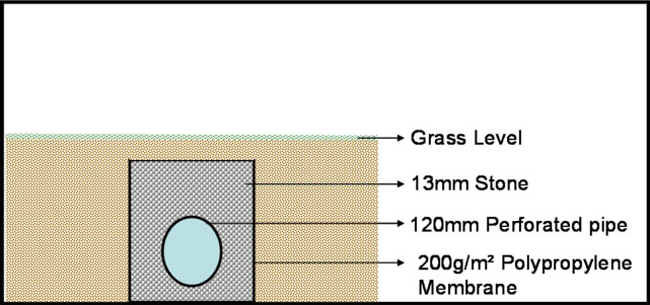FAQ
Waterproofing FAQ |
|
How do we waterproof a balcony or shower? |
How do we waterproof a metal roof? |
|
|
How do we waterproof a concrete slab? |
How do we waterproof concrete ridges? |
|
|
How do we waterproof parapet walls?
- Prepare the parapet walls by brushing down areas of mould and fungal growth with a stiff fibre brush.
- Remove all loose waterproofing, dirt, grime, and dust.
- Treat the parapet walls with anti-fungicide.
- Rake out all cracks.
- Repair cracks with waterproofing cement.
- Waterproof the wall with acrylic waterproofing and membrane.
- Paint a final coat acrylic waterproofing.
How do we repair rising damp?
- Remove loose and defective plaster.
- Neutralize salt.
- Prepare and apply damp proofing slurry.
- Drill 12mm holes no more than 120mm apart and inject damp proofing injection cream into the walls.
- Plaster damp proofing area with damp proofing plaster.
- Re-paint affected walls after completely dried and cured.
Why do I need DPC in a wall?
A damp-proof course (DPC) is a horizontal barrier in a wall designed to prevent moisture rising through the structure by capillary action – a phenomenon known as rising damp OR vertical barrier barrier to prevent water from entering from the sides in cases of higher ground levels – a phenomenon known as lateral damp.
The DPC is usually a thick plastic strip bedded into the mortar between two courses of bricks on the floor level. It can often be seen as a thin plastic line in the mortar near the ground level.
Why would I need damp proofing?
No DPC – Older houses have been build without any DPC.
Bridged DPC -This most common reason may be caused by the ground level that’s higher than the DPC level. This will allow water from the higher ground level to seep into the wall above the DPC level causing damp to rise up the wall.
If you laying paving around the house or planting grass make sure that you allow sufficient height between the surface and the DPC.
Cavity walls can be bridged by debris falling into the cavity creating a path for damp to pass up into the wall.
The DPC can also be bridged with external or internal plastering and cement based coatings.
Failed DPC – The DPC May have failed due to incorrect installation or aging.
Rising damp can also be caused if the DPC is placed too high or has failed.
What is rising damp?
Rising damp in buildings may be defined as the vertical flow of water up through a permeable wall structure, the water being derived from ground water. The water rises through the pores (capillaries) in the masonry by a process loosely termed “capillarity.” In other words the masonry acts like a wick.
How do I know its rising damp?
If you have any of the above symptoms then it is possible that your home is suffering from rising damp. In summary if you can visibly see a problem with your wall, with obvious signs of damage due to water or salty tide marks then you may have a problem with rising damp? Generally with rising damp, if the wall looks OK, it is OK. If it looks like it is damp, moldy or has tide marks on it, then you have a problem with moisture, condensation, or rising damp in your home, and you need to investigate things further and consider damp proofing.
What problems does rising damp cause?
Damp proofing problems for inside walls:
- Paint does not adhere to the wall.
- Wall paper lifts and stains appear on the walls.
- Plaster flakes away, feels soft and spongy, bubbles and white powder or crystals appear.
- Skirting boards and floor boards rot.
Damp proofing problems outside walls:
- Mortar frets and falls out between bricks and stonework.
- Stains or white powder appear on walls.
What is a subsoil drainage system?
This system is designed to drain excessive water away from buildings to minimize possible damp proofing problems. Subsoil’s are designed to retain fine soil particles while allowing water to pass through.
Subsoil Drain
Painting FAQ
How do we paint steel structures?
- Prepare by sandpapering to remove all inadequately adhering paintwork.
- Sand rusted areas.
- Paint rust primer on all surfaces affected above.
- Spot prime all bare metal areas with metal primer.
- Paint two coats of enamel paint.
How do we paint interior walls?
- Ensure all edges of existing / remaining coatings are “feathered”.
- Rake out and repair all cracks and other imperfections to match existing surface.
- Sand lightly and wipe clean.
- Wash entire surface to remove dust and surface contamination.
- Paint two coats of acrylic paint.
How do we paint a roof?
- Replace broken tiles.
- Clean roof with chemicals.
- Paint one coat bonding liquid.
- Paint two coats of acrylic paint.
Suppliers:
Safeguard Chemicals SA www.safeguardchem.co.za/
Promac Paints http://www.promacpaints.co.za/
Abe Construction Chemicals http://www.abe.co.za/



